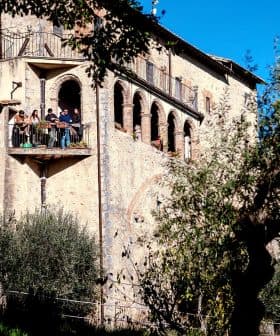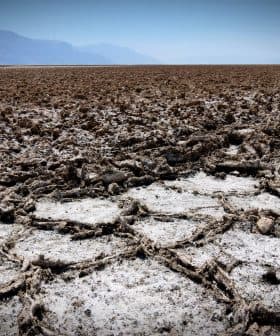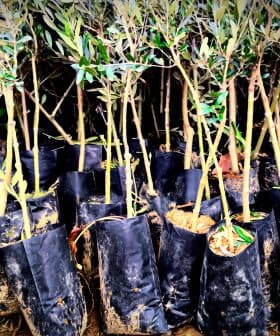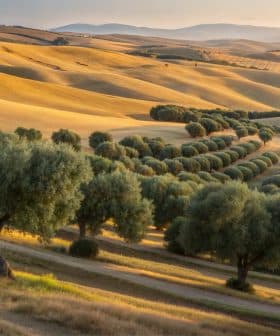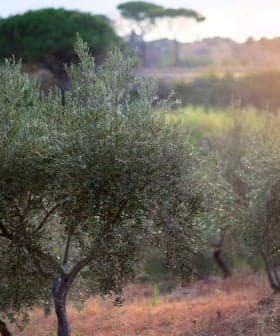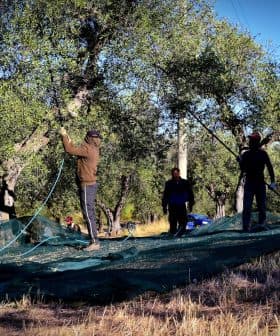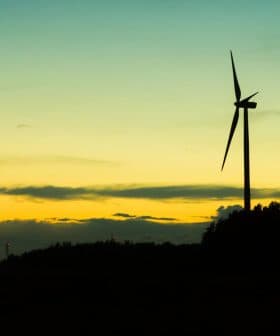Researchers Predict More Intense Wildfires in Europe
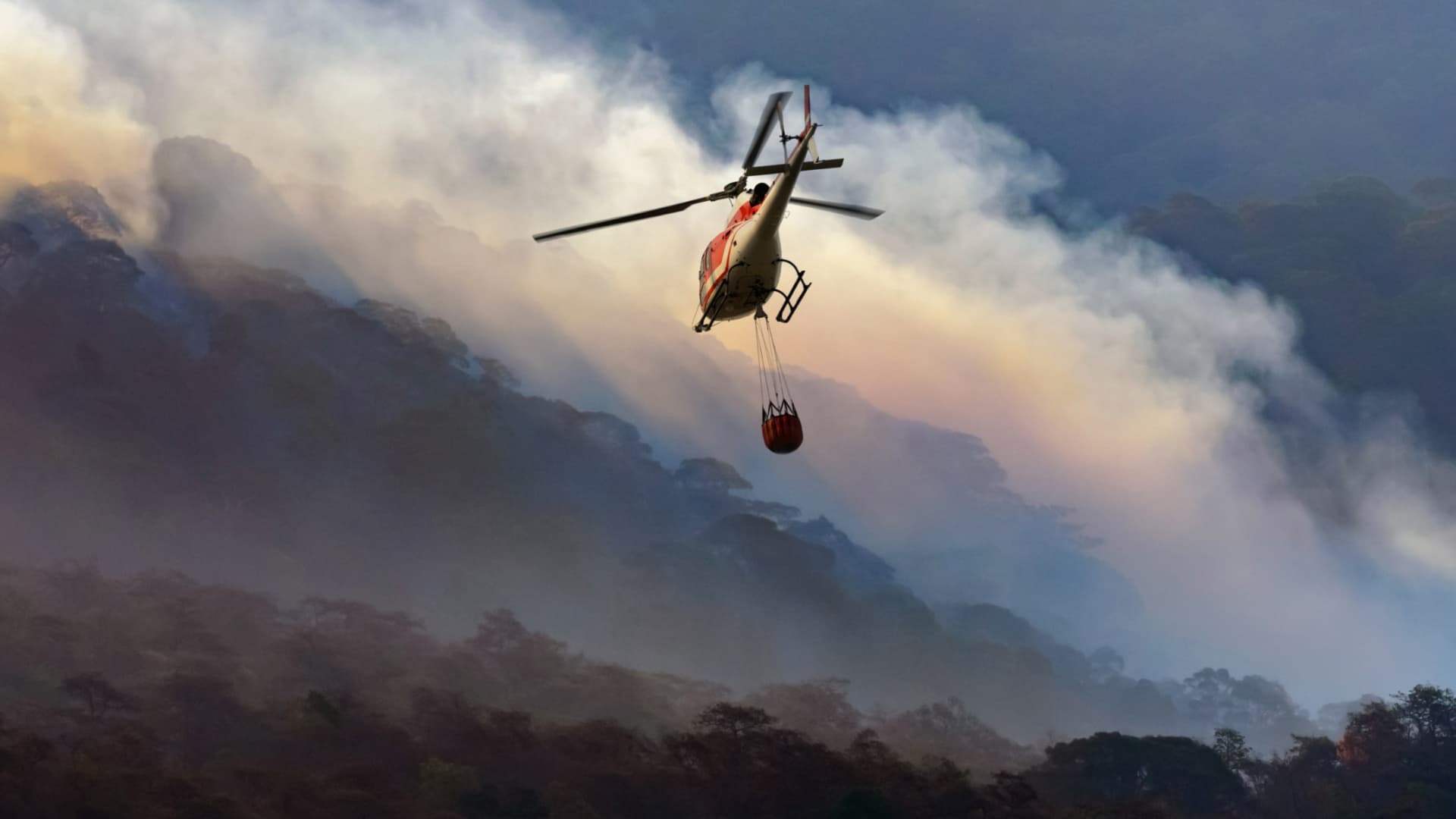
New research warns that devastating wildfires in southwestern Europe may become normal due to climate change and insufficient forest management policies, leading to rapid growth in the amount of land burned. The study suggests that a mosaic-like land management approach could help prevent larger wildfires by reducing fuel availability and connectivity, as current projections indicate that extreme wildfire seasons may increase by 2035.
The devastating wildfires that burned across large portions of southwestern Europe during 2022 may soon become normal for the region, new research warns.
The study, published in Science of The Total Environment, found that current forest management policies are insufficient to prevent future wildfires, which are increasingly fueled by the impacts of climate change.
“Enacting the current European policies about forestry will not solve the problem,” Victor Resco de Dios, professor of forest engineering and climate change at the University of Lleida and co-author of the research, told Olive Oil Times. “On the contrary, it will worsen.”
See Also:Temperatures Rising Faster in Europe than Anywhere Else, Report FindsThe study showed how the amount of land burned by wildfires is growing rapidly in Portugal, Spain and France. In some areas, 52 times more land was burned this summer compared to the 2001 to 2021 average.
According to the researchers, wildfires covering more than 500 hectares occurred earlier in the current season than in the past, taking place between June and July.
However, larger wildfires accounted for only 12 percent of all recorded events. Still, they were responsible for 82 percent of the total area burned, with protected areas comprising 47 percent of that total.
Wood, bushes, leaves and undergrowth fuel the blazes. “These anomalies [the wildfire intensity] were associated with record-breaking values of fuel dryness, atmospheric water demand and pyro-meteorological conditions,” the authors wrote.
“Live fuel moisture content was below the historical minimum for almost 50 percent of the season in some regions,” they added.
In total, 469,464 hectares burned across the three countries by the end of September, three times more than the average burn is between 2006 and 2021.
Resco warned that the phenomenon is growing. “We are not taking care of the fuel,” he said.
The research showed that the conditions to ignite massive blazes had built up over the past decades.
“The fuel is accumulating so that when the weather gets dry, large blazes will easily spark,” Resco said.
The environment dries out as the weather reaches new extremes due to climate change, including higher surface temperatures and prolonged heat waves. The most immediate consequence is that more fuel becomes available.
“What is happening today is a consequence of local societies’ major changes,” Resco said. Decades ago, the widespread increase in the use of fossil fuels quickly diminished the use of wood and biomass.
“The blazes’ fuel we are seeing today has grown considerably in the last 60 to 70 years,” he said. “With the growth of the industrial cities in the Mediterranean basin and the progressive abandonment of rural areas, the conditions to develop current wildfires have been set.”
“Fossil fuels brought us two effects: climate change and fires,” Resco added. “Today, when we have a summer with fewer wildfires, we consider it a good summer; maybe the weather was not too hot and so on. But we are building the conditions for the blazes to strike. Should it not be this year, then it will be the next one.”
The researchers said shrublands, transitional woodlands and conifer forests are most affected by wildfires.
“We have special connectivity among forests mainly through the undergrowth,” Resco said. “Also, we have connected canopies, so the fire can quickly climb up to the tops of the trees and spread that way.”
When a wildfire starts in one region, the fuel cover allows it to spread quickly and in large areas.
As a result, it is not surprising that the largest portion of the blazes takes place in protected areas, lands where trees grow unobstructed, and the undergrowth remains untouched.
Abandonment of olive groves and other agricultural lands is another relevant source of connectivity among at-risk regions.
In these areas, wildfires have significant social and economic impacts. They affect rural economies by reducing the profitability of small farmers, occasionally resulting in further land abandonment.
The researchers wrote that these conditions “may create a feedback loop, where fire enhances land abandonment, which then increases fuel connectivity and fuel loads and consequently further increases wildfire activity.”
“The ideal countermeasure would be mosaic-like land management, where forests are bordered by farms, orchards and managed green areas,” Resco added.
“Studies have shown that land abandonment rarely translates into the enrichment of biodiversity,” he said. “These studies show that mosaic-like managed landscape would be a better option for biodiversity.”
Mosaic-like regions would also impede the development of larger wildfires, which cannot be efficiently controlled. They would reduce the availability of the materials that fuel the largest wildfires, preventing more land from being burned and decreasing the time required for it to recover.
If mosaic-like heterogeneous land is not profitable enough to maintain, Resco said plenty still could be done to reduce wildfire risks drastically.
“The landscape should be dissected into areas in such a way to avoid the continuity,” he said. “We could then manage some strategic locations where the risk is higher.”
For example, he cited the need to safeguard areas where specific mountain topographies contribute to the spread of blazes.
These include woodlands at the base of a valley, where wildfires can quickly spread to forest cover on surrounding slopes.
The researchers said current projections show that this year’s meteorological conditions might become the norm by 2035.
Therefore, they speculate that 2022 might be “a turning point where… extreme wildfire seasons may increase due to interactions between an increasingly warming climate and massive fuel accumulations.”
“As we can see in other studies, we are reaching the point where mountain regions such as the Pyrenees or the Alps are becoming flammable,” Resco warned.
He suggested that some models show an increasing possibility of wildfire mega-events in those areas.
“Such a condition might mean that half of the Pyrenees could burn in a single fire event,” Resco said. “This is the magnitude we are looking at.”
Due to the increasing likelihood of this type of scenario, the authors lamented how the current environmental strategies of the European Union, focused on biodiversity and environmental restoration, underestimate the impact of wildfires.
“So far, wildfires are simply added a tagline in E.U.‘s forest strategies and legislation,” the researchers wrote.
“Our results indicate how the wildfire problem is on the rise,” they concluded. “We thus recommend a stronger role for wildfire prevention within forestry policies on a continental scale.”



